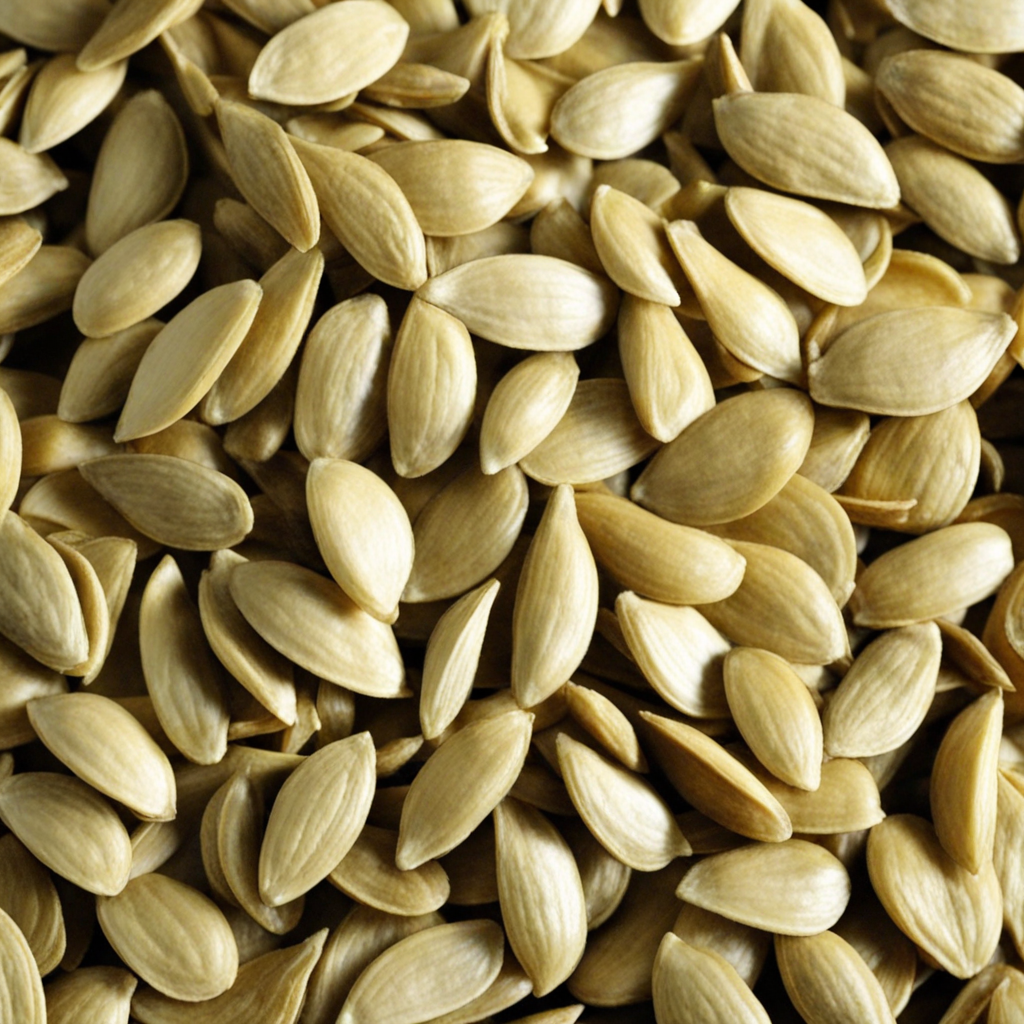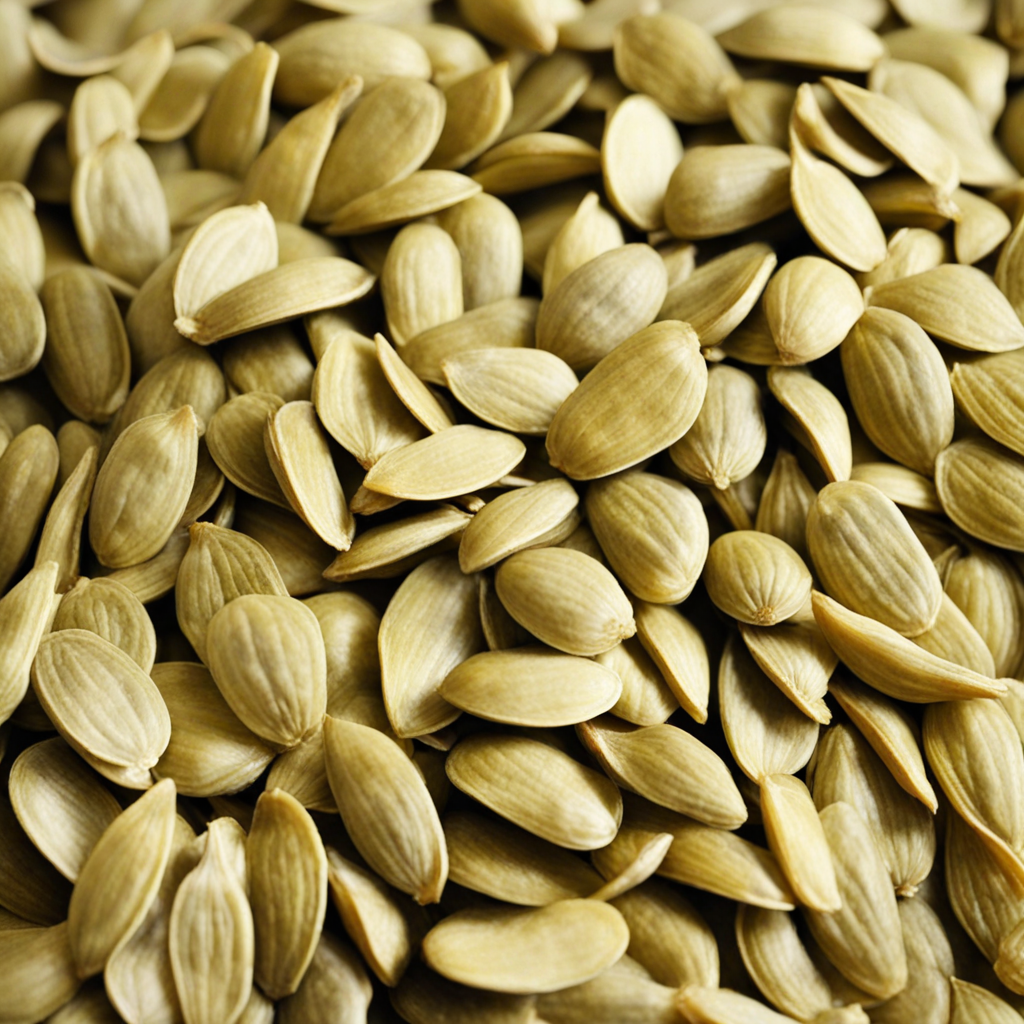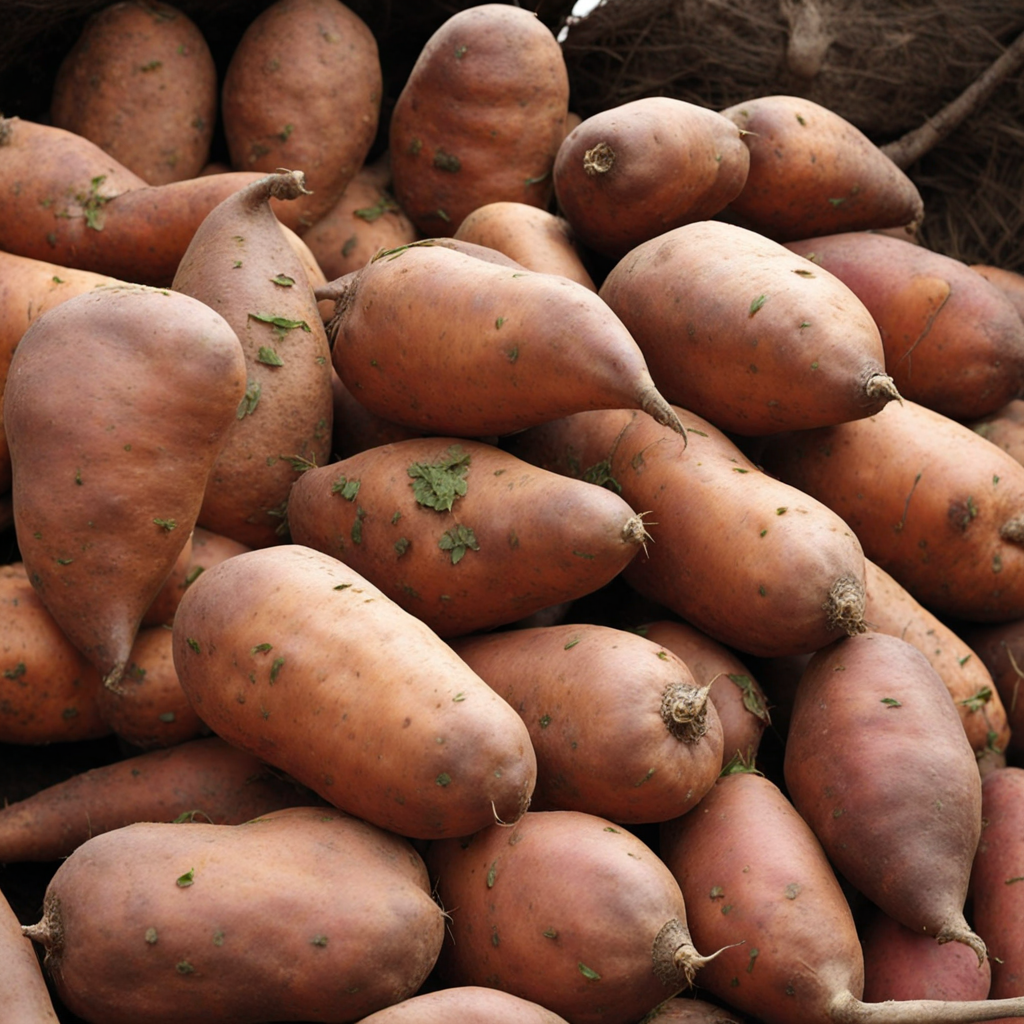Pumpkin Seeds
Burundi’s culinary landscape offers a delightful treat in the form of pumpkin seeds, known locally as 'ibihaza'. These seeds are typically harvested from the vibrant orange pumpkins that thrive in the region's fertile soils. The seeds are often enjoyed roasted, which brings out their nutty flavor and crunchy texture. When roasted to perfection, they develop a golden-brown hue and a slightly smoky aroma, making them an irresistible snack. The savory taste pairs beautifully with the natural sweetness of pumpkin, creating a unique combination that is both satisfying and wholesome.
How It Became This Dish
Ibinyebwa: The Heart of Burundi’s Culinary Heritage Ibinyebwa, the traditional Burundian dish made from groundnuts (peanuts), encapsulates the essence of Burundi's rich agricultural heritage and communal values. This simple yet flavorful dish has been a staple in Burundian households for generations, reflecting the country's agrarian lifestyle and the significance of communal dining. #### Origins of Ibinyebwa The roots of ibinyebwa can be traced back to the early agricultural communities of the Burundian highlands. The cultivation of groundnuts is believed to have been introduced to East Africa by traders and explorers from the Americas in the late 15th to early 16th centuries. Groundnuts thrived in the fertile volcanic soils of Burundi, quickly becoming a favored crop among the local populace. In the early days, ibinyebwa was prepared primarily during harvest seasons, when families would gather to celebrate the bounty of their land. The dish is traditionally made by grinding roasted groundnuts into a paste and mixing them with water to create a thick, creamy sauce. It is often served alongside staple foods such as ugali (a stiff porridge made from maize or cassava) or rice, creating a nourishing meal that is both filling and rich in protein. #### Cultural Significance Ibinyebwa is more than just a dish; it holds deep cultural significance in Burundian society. Food in Burundi is often associated with communal gatherings and family bonds. The preparation and sharing of ibinyebwa symbolize unity and togetherness, with families coming together to prepare the meal, often accompanied by traditional songs and dances that celebrate their heritage. In Burundian culture, groundnuts have also been associated with fertility and prosperity. They are often included in rituals and celebrations, signaling abundance and blessings. The preparation of ibinyebwa can vary across different regions, with some families adding local spices, vegetables, or even meats, showcasing the diversity of Burundian culinary practices. #### Development Over Time As the world around Burundi has changed, so too has the way ibinyebwa is perceived and prepared. In the past, it was primarily a rural dish, known and cherished by local communities. However, with the rise of urbanization and globalization, ibinyebwa has found its way into the urban culinary scene, evolving while still retaining its traditional roots. In urban areas, ibinyebwa has been adapted to suit contemporary tastes and lifestyles. While traditional recipes focused on simplicity, urban chefs have begun to experiment with the dish, incorporating modern cooking techniques and unique flavor combinations. Some have introduced ingredients such as coconut milk, chili, or herbs, elevating its status to that of a gourmet offering in restaurants and cafes. Despite these modern adaptations, the essence of ibinyebwa remains intact. It continues to be a symbol of Burundian identity, often featured at cultural festivals and events that celebrate the country's heritage. As Burundians migrate and settle in different parts of the world, ibinyebwa has traveled with them, becoming a culinary ambassador for Burundian culture. #### Ibinyebwa in Contemporary Burundi Today, ibinyebwa is celebrated not only as a beloved dish but also as a representation of resilience and community spirit. The emphasis on local ingredients and traditional preparation methods resonates with contemporary movements towards sustainability and the preservation of culinary heritage. Farmers' markets and community gardens in urban areas are increasingly recognizing the importance of traditional crops like groundnuts, promoting them as a means of supporting local economies and fostering community connections. Moreover, initiatives aimed at empowering women in agriculture have highlighted the role of groundnuts in improving livelihoods. Many women in rural Burundi engage in the cultivation and processing of groundnuts, using the profits to support their families and invest in education. This empowerment aligns with the cultural significance of ibinyebwa, as it continues to be a dish that nourishes not only the body but also the spirit of community and resilience. #### Conclusion Ibinyebwa stands as a testament to the rich culinary heritage of Burundi, embodying the spirit of the nation and its people. From its origins as a simple, hearty meal shared among families to its modern adaptations in urban centers, ibinyebwa reflects the social, cultural, and agricultural fabric of Burundian life. Its significance as a communal dish continues to thrive, reminding us of the importance of food as a means of connection, celebration, and identity. As Burundi continues to navigate the complexities of modernity, ibinyebwa remains a cherished symbol of its past, present, and future—a dish that tells the story of a people deeply connected to their land and culture. Through every bite of ibinyebwa, one not only tastes the flavors of Burundi but also savors the history, tradition, and love that have been woven into its making for centuries.
You may like
Discover local flavors from Burundi







